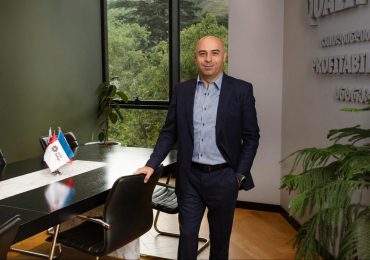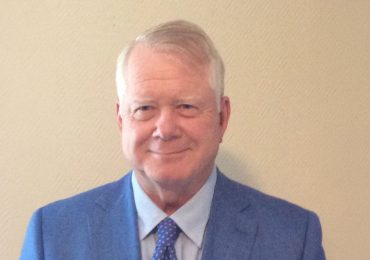Photo Courtesy of: Rahul Arulkumaran
Rahul Arulkumaran, AI engineering manager at Yuma, leads development in decentralized artificial intelligence (AI), advancing solutions that distribute AI capabilities beyond centralized institutions. Integrating AI and blockchain technology represents a fundamental shift in data processing and analysis across industries, with the global AI market projected to expand from $207.9 billion in 2023 to $1.5 trillion by 2030. This growth, combined with increasing data privacy and transparent AI development demands, drives innovation in decentralized solutions that Rahul Arulkumaran develops, using blockchain’s inherent transparency and security features. Rahul is recognized as one of the most prominent voices in the Decentralized AI space, with his research garnering over 400 citations. His membership in, and recognition by, esteemed professional bodies such as Forbes, IEEE, IAENG, and the Python Software Foundation reflect the originality and impact of his contributions to the field.
Decentralization: A New Paradigm for AI Development
The advancement of decentralized AI accelerates as organizations seek alternatives to traditional AI frameworks controlled by major technology companies. Market analysis reflects this transition: the Blockchain AI sector, valued at $30 million in 2024, is projected to reach $390 billion by 2032.
According to Rahul Arulkumaran, blockchain technology enables networks that incentivize individual contributions across multiple domains. He highlights platforms like Bittensor, where participants can deploy AI models on various topics, with subnet operators determining the topics around which participants should develop and deploy models and establishing algorithmic reward mechanisms. This decentralized architecture empowers developers to build and optimize AI models collaboratively, increasing transparency while minimizing potential biases.
Real-World Implementation and Impact
Decentralized artificial intelligence demonstrates practical applications across multiple sectors. Healthcare organizations leverage these frameworks to exchange patient data securely while maintaining privacy protocols, and advancing clinical research and diagnostic capabilities. The financial sector benefits from enhanced transparency, with AI-driven platforms providing personalized investment insights and advanced fraud detection.
Under Rahul Arulkumaran’s leadership, his team at Foundry developed the world’s first decentralized price prediction system for forecasting S&P 500 prices on Bittensor, demonstrating the real-world impact and potential of this groundbreaking technology. The project engaged over 230 developers who built advanced time series models to forecast S&P 500 prices. This resulted in one of the first large-scale Decentralized AI economies, with over $8 million in incentivized rewards distributed to participants worldwide. In his current role at Yuma, Rahul is shaping the future of Decentralized AI by mentoring teams working on a range of subnet topics—including cancer prediction, housing price estimation, and deepfake detection. He also leads efforts to design effective incentive structures that drive the development of State-of-the-Art (SoTA) models from a global community of contributors. Similar innovations emerge in supply chain management, where IBM’s Food Trust network integrates blockchain and AI to track food products throughout distribution. At the same time, Grid+ optimizes energy allocation through peer-to-peer trading platforms.
Social and Economic Transformation
Decentralized artificial intelligence demonstrates potential beyond its technical implementations. The technology distributes AI development capabilities across individuals and organizations, expanding participation in technological advancement, all while being incentivized to do so. “This approach aims to broaden access and visibility to the technological benefits of AI,” Rahul Arulkumaran notes.
These developments influence workforce dynamics, educational frameworks, and organizational structures. The broader availability of AI tools enables new collaboration and decision-making processes, affecting traditional institutional models. Adopting decentralized systems indicates significant changes in how organizations analyze data and generate insights.
Future Developments and Roadmap
Rahul Arulkumaran details ongoing developments in decentralized artificial intelligence. His team at Yuma focuses on enhancing incentive mechanisms to improve processing efficiency while maintaining security protocols. He is also developing frameworks for cross-chain interoperability designed to enable blockchain networks to exchange AI resources effectively.
The development roadmap explores decentralized AI applications in urban infrastructure and transportation systems. “We’re developing networks that enable coordinated infrastructure management through distributed intelligence rather than centralized control,” Rahul Arulkumaran explains. His work advances adaptive AI frameworks that respond to community requirements, addressing challenges from traffic optimization to energy allocation.
















